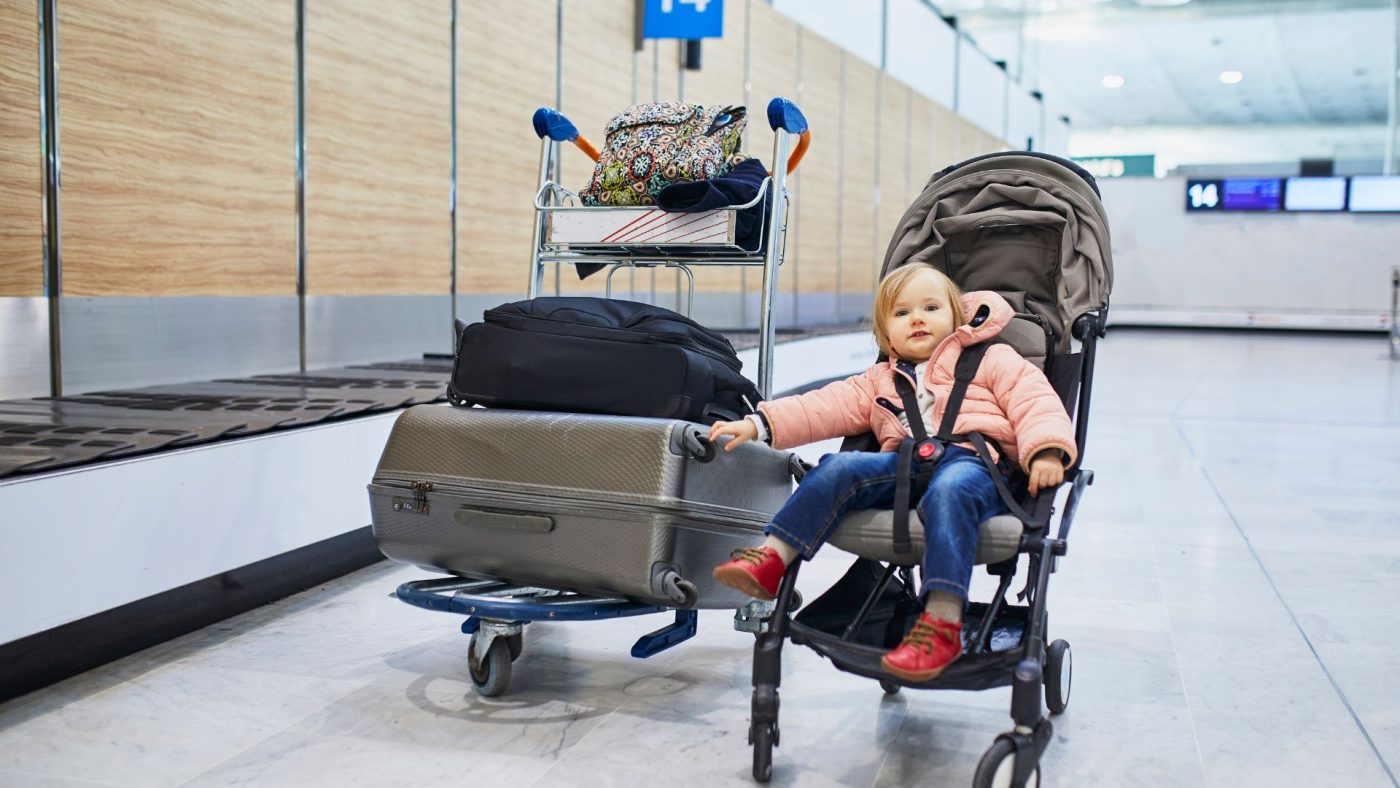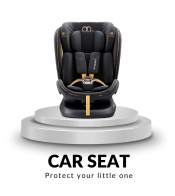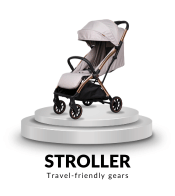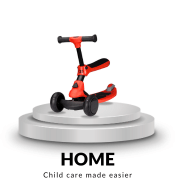Car Seat Information
7 Essential Tips and Necessities for Preparing a Flight with Your Malaysian Baby
This growing trend highlights the importance of being well-prepared when flying with a baby. Travelling with an infant can be an exciting adventure, but it can also be challenging. Therefore, it’s crucial for parents to know how to ensure a comfortable and smooth flight for their little ones.
In this context, we dive into the importance of meticulous planning and thoughtful considerations for families preparing to take to the skies with their babies, shedding light on the need for a well-thought-out strategy to make air travel a more pleasant experience for both parents and their tiny travellers.
1. Planning and Booking
Early planning and booking can ensure a smoother air travel experience with your baby. It’s crucial for parents to prioritise airlines that offer baby-friendly services, which often include amenities like bassinets and extra legroom.
Booking direct flights can minimise travel time and potential disruptions for infants, making the journey smoother for everyone involved. Additionally, selecting suitable travel dates, such as flights during your baby’s naptime or quieter times at the airport, can significantly contribute to a more pleasant journey.
2. Documentation and Travel Papers
For the infant, this typically includes a valid passport, even for domestic flights in some countries, along with any required visas if you’re travelling internationally. Additionally, carrying a copy of the baby’s birth certificate can be useful in verifying their age during check-in.
For parents, ensuring their passports and any applicable visas are up-to-date is crucial. Depending on your destination and circumstances, you may also need travel permits or authorization documents for the baby.

3. Packing Essentials
Begin with an ample supply of diapers and wipes to handle any unexpected messes. Bring along enough formula or breast milk to cover the duration of the flight and potential delays. Baby food, snacks, and feeding accessories are crucial to keep your little one well-nourished.
Don’t forget to pack extra clothing for your baby, as well as layers to account for varying cabin temperatures. Lastly, ensure you have baby care products such as pacifiers, bottles, blankets, and any specific comfort items your baby relies on.
4. Feeding and Diapering
For breastfeeding mothers, it’s essential to nurse during takeoff and landing to help alleviate ear pressure discomfort for the baby. If you’re formula feeding, consider pre-measuring servings in small containers for convenience.
Airlines generally provide hot water for sterilising bottles and warming formulas. As for diaper changes, some planes are equipped with changing tables in restrooms, while others may not have these facilities. Carrying an ample supply of diapers, wipes, and disposable changing pads is advisable.
5. Health and Safety Precautions
Ensure that your baby’s vaccinations are up-to-date, and consider any additional immunizations recommended for the destination, especially if travelling internationally. Protect your baby from harmful UV rays with baby-safe sunscreen and appropriate clothing, as their delicate skin is highly susceptible to sunburn.
Research and adhere to any health precautions specific to your destination, such as recommended medications or insect repellents. Furthermore, it’s essential to carry a well-stocked baby first-aid kit, including any prescribed medications, to address any unexpected health concerns while travelling.
6. Navigating the Airport
Malaysian airports typically offer dedicated family lanes for security checks, providing convenience and a more relaxed experience for parents. Look out for spacious nursing rooms equipped with changing tables and feeding facilities.
Additionally, many airports in Malaysia have play areas and family lounges to keep your little one entertained and comfortable during layovers. Consider bringing a lightweight stroller.
7. Coping with Time Zone Changes
Before departure, gradually adjust your baby’s sleep schedule to align with the destination’s time zone. On the flight, try to mimic the new time zone’s routine for feeding and napping, even if it means adjusting your baby’s schedule mid-flight. Keeping your baby well-hydrated and ensuring they get some natural light exposure at the destination can help reset their internal clock. Be patient, as it may take a few days for your baby to fully adapt.
There are 2 in 1 strollers such as the travel system stroller where it can be converted to a cabin carrier for air flights. However, when picking the right carrier, parents need to ensure that the carrier cabin is FAA approved. When in flight be sure to bring your baby’s comfort such as plushy, cosy sheet and pacifier while taking the ride.
To help relieve ear discomfort during takeoff and landing, encourage your baby to swallow by offering breast milk, a bottle, or a pacifier. Dress your baby in layers to account for temperature changes, and consider using a baby carrier to soothe and keep them close. It’s crucial to be well-prepared with essential supplies like diapers, wipes, and an extra set of clothing for any unexpected situations.

From early planning and booking baby-friendly flights to managing in-flight challenges and adapting to time zone changes, every aspect of travelling with a baby demands meticulous attention. Additionally, addressing documentation, health and safety precautions, and airport navigation are vital considerations.
Whether it’s ensuring proper documentation, selecting baby stroller, baby-friendly flights, packing essentials, or preparing for in-flight and airport challenges, a well-thought-out plan is your best companion. So, don’t hesitate to put in the effort upfront. Your careful preparation will pay off, allowing you to create beautiful memories while exploring the world with your little ones. Safe travels!
FAQs
1. Is an i-Size car seat compatible with all vehicles?
Answer: i-Size car seats are designed to fit most vehicles equipped with either ISOFIX anchor points or 5-point harness seat belts. However, it’s crucial to check the compatibility list provided by the car seat manufacturer and consult your car’s manual to ensure a proper fit.
2. What is the minimum and maximum height limit for an R129 i-Size car seat?
Answer: The height limits may vary depending on the specific car seat model and manufacturer. Generally, i-Size car seats accommodate children from 40cm to approximately 150cm. Check the manufacturer’s guidelines for your specific car seat.
3. How should I install an R129 i-Size car seat correctly?
Answer: Proper installation is crucial for safety. Follow the manufacturer’s instructions carefully and always use the ISOFIX system if required. Additionally, consult your car’s manual for guidance on securing the car seat properly.
4. Can I use an i-Size car seat on an airplane?
Answer: Some i-Size car seats are certified for use on airplanes, but not all of them. Check the manufacturer’s guidelines and labels on the car seat to confirm its FAA compatibility. Always inform the airline in advance and follow their specific rules regarding child car seats.
Reference:
- https://www.lawdepot.com/resources/family-articles/documents-every-parent-needs-when-traveling-with-children/
- https://www.thebump.com/a/tips-for-flying-with-baby
 .
. .
. .
.